Developed and produced by http://www.MechanismsinMedicine.com Animation description: In this animation, we discuss the concept of physical activity and exercise as they relate to obesity. In humans there is a fine balance between energy intake and energy expenditure. Energy intake is in the form of food, and energy expenditure is in the form of the basal metabolic rate and physical activity. The difference between energy intake and energy expenditure is the net energy balance. If intake exceeds expenditure, then a net positive energy balance occurs. Energy expenditure depends on a number of factors. This includes the starting body weight, the basal metabolic rate and physical activity. With regards to physical activity, there are several key variables including the frequency, intensity, duration and type of activity done. Let us now examine energy consumption. One honey glazed donut is shown which has approximately 300 kilocalories. The energy intake from the consumed donut is equal to the energy consumed by moderate walking for 30-60 minutes, at 3.0 miles per hour. If an individual walks for an hour at 3 miles per hour. They will expend approximately 300 kilocalories, the same as what was contained in the consumed donut. If an individual walks daily for one hour at approximately 3 miles per hour. This type of activity would lead to weight loss. This assumes that the individual does not consume any extra calories and has a net negative energy expenditure. If this activity continues for a period of two to four months, body weight is reduced as depicted. The initial weight loss is the result of a negative net energy balance. The negative energy balance is because energy expenditure exceeds energy intake. After the initial weight loss, the individual continues to do the same type of exercise, that is, 1 hour of moderate walking daily. The chart depicts changes in body weight over time. Individuals are surprised and frustrated that his weight is not continuing to decrease despite regular walking. They have reached a plateau. The reason behind the weight loss pleateau is that with decreased body weight, the basal metabolic rate also decreases. When the basal metabolic rate decreases, there is a decrease in total energy expenditure. If the discouraged individual quits his daily walking exercise. The weight is gained again, at a quicker pace. The weight is re-gained as a result of a positive energy balance being created. Energy expenditure is now less since the physical activity has been stopped. By keeping the same intensity and duration of walking without making any changes in the diet (energy intake) the man would enter a weight maintenance phase. This is characterised by gaining a small amount of weight. The weight maintenance is the result of an energy balance being established within the body, where energy intake essentially equals energy expenditure. If there is no change in energy balance, there will not be any further change in weight. What must be done to end the weight loss plateau? Several options exist to maintain a negative net energy balance. These involve either decreasing energy intake or increasing energy expenditure. Options include: restricting calories further or increasing the frequency, or the intensity or the duration of the exercise. In summary then, weight loss plateau’s are expected and can only end with continued exercise and a net negative energy balance. Stopping exercise or increasing calories will lead to weight gain. If one continues to exercise to maintain a net negative energy balance weight loss will be promoted.
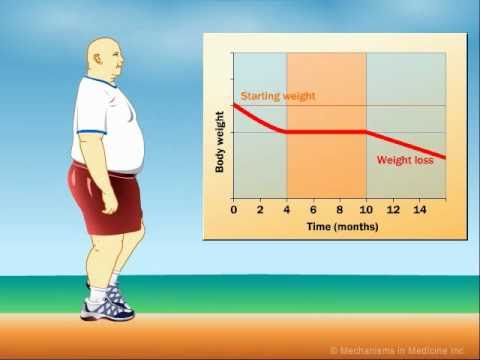
How Does Exercise Impact Weight Loss?
- Post author:
- Post published:May 31, 2021
- Post category:Uncategorized
- Post comments:0 Comments
You Might Also Like

Optometry Video – 3
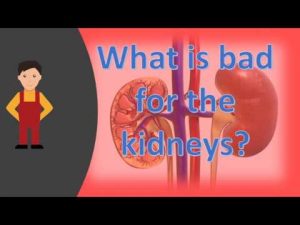
What is bad for the kidneys ?
Rear Deltoid-10

Legal Psychology Video – 1
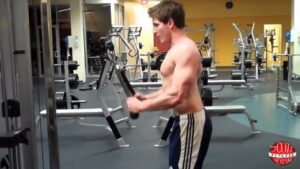
How To: Rope Push-Down
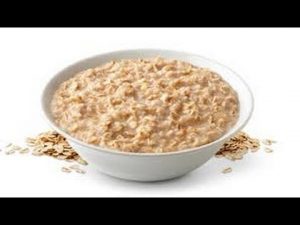
3 Minute Breakfast oatmeal for Bodybuilders/Athletes
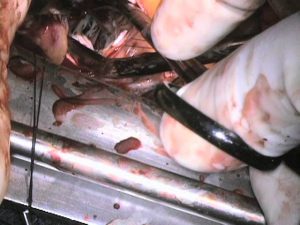
Surgery for Hypertrophic Cardiomyopathy
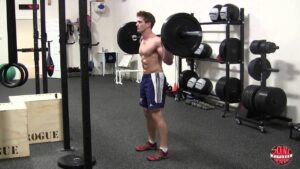
How To: Standing Barbell Calf Raise
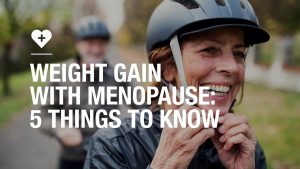
Weight gain with menopause: 5 things to know
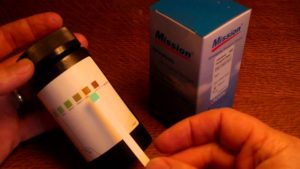
How to test for Diabetes Type 2 -a quick urine test for diabetes
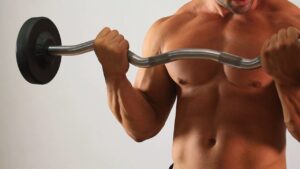
Barbell Curl-1

Top 23 High Protein food List

Androgen Meaning
Flexibility
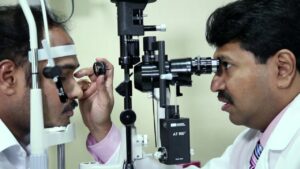
Opthalmogical/Eye Surgeries Video – 3

Incline Chest Press Machine – Develop Fuller Upper Pecs

BCAA Supplements – What Are BCAA’s And How Do They Work? | GuruMann Review

7 Powerful Fruits To Lose Weight And Burn Belly Fat Instantly

Side Crunch With Weight-3

Beginners Workout for Bodybuilding | Complete Guide To Gym – Diet & Tips
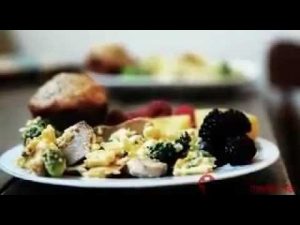
Healthy diet may reduce, even eliminate, menopause symptoms – In Depth
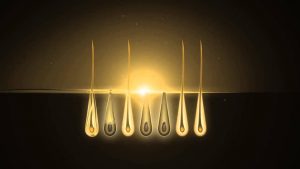
Hair Loss in Women Minoxidil Expert Hair Regrowth Treatment Pantene
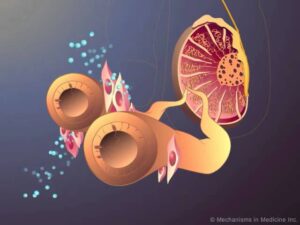
Testosterone Production
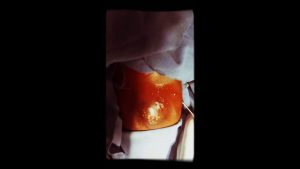
Injection abscess at retteri kumaran hospital

The ONLY Perfect Workout Routine

Understanding Type 2 Diabetes
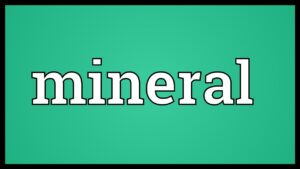
Mineral Meaning

Calcium Supplement Video – 2
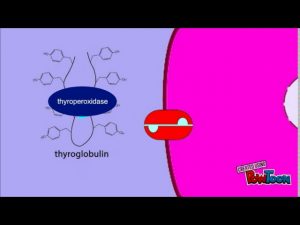
Thyroid Hormone Synthesis
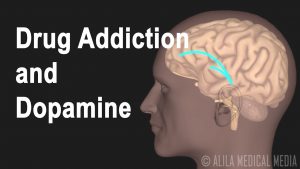
Mechanism of Drug Addiction in the Brain, Animation.

Lisinopril Explained.: Uses and Side Effects.

Keto Diet, Keto Foods, Keto Recipes Video – 27

BCAA-Best During Workout Supplement | Health and Fitness Tips | Guru Mann

Muscle Building Workout & Squats Video – 3
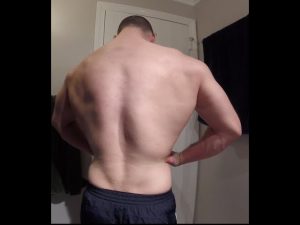
Creatine Before & After
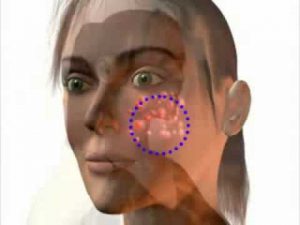
What is acne? – Acne formation process
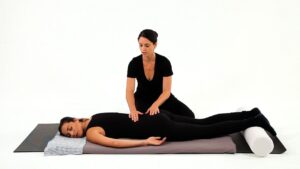
Massage Video – 5

Do supplements have side effects
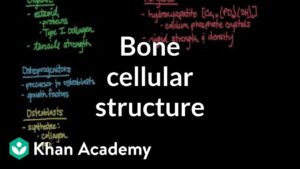
Cellular structure of bone | Muscular-skeletal system physiology | NCLEX-RN | Khan Academy

What Causes Hair Loss | What Causes Alopecia Areata | Cure To Baldness
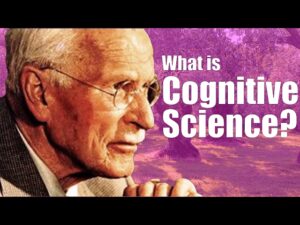
Cognitive Psychology Video – 4

